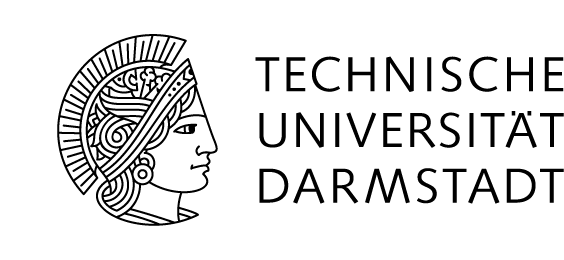Structure Characterization of Piezoelectric Ceramics With Respect to Electrical Fatigue
Prof. Dr. W. Donner (Div. Structure Science)
Prof. Dr. H.J. Kleebe (Institute of Applied Geosciences)
____________________
Variation in domain-width and small shifts of XRD peak positions of undoped PZT samples were systematically studies as a function of composition at and close to the morphotropic phase boundary (MPB). Besides the well-known tetragonal microdomain structure with a width of ~200 nm, nanodomains on the order of ~3-30 nm were verified by convergent beam electron diffraction (CBED). The formation of nanodomains can possibly explain the outstandingly high piezoelectric coefficient measured at the MPB. Moreover, such a pronounced reduction in domain size yielded a much higher mobility under electric field. A consistent picture of the domain structure at the MPB was obtained, when combining the results of TEM imaging and synchrotron diffraction experiments (see Figure below): the formerly postulated monoclinic phase is not present. In addition, the effect of different temperatures and applied external electric field strengths is studied, in order to generate an overall model on the switching behaviour of piezoelectric ceramics on the microscopic scale. In-situ synchrotron diffraction verified different switching response of the nanodomains under applied electric field. Doping with 1 mol% La stabilizes this mechanism and results in an even smaller domain size at a specific composition and sintering temperature.
This novel nanodomain model and the interesting switching experiments will be supplemented by in-situ TEM-observations under applied electric field. Additionally, the influence of different dopants on the stability of the domain configuration will be investigated for a selected range of compositions. To obtain kinetic information on switching dynamics, synchrotron experiments will be extended to time- and field-dependent stroboscopic measurements. This approach offers the possibility to selectively analyse fast and slow switching processes, which are expected to have a pronounced effect on the active electrical fatigue processes.
In addition to PZT materials, lead-free samples will be incorporated into this research project. Initially, the composition, crystallographic structure and phase diagram of BiZn0.5Ti0.5O3 and BiZn1/3Nb2/3O3 will be studied. Subsequently, the understanding obtained from the PZT-systems will be extrapolated to this rather novel lead-free system. Similarly to the PZT system, detailed domain structure characterization under various conditions (temperature, electric field) will be employed to develop a correlation between the intrinsic (nano)domain structure and material performance; i.e., electrical fatigue.

